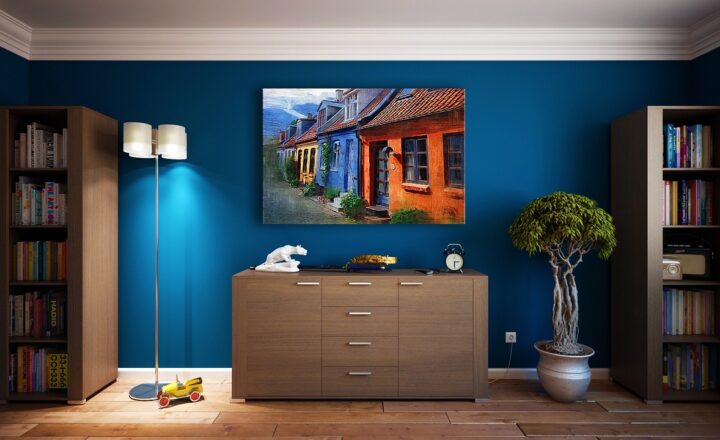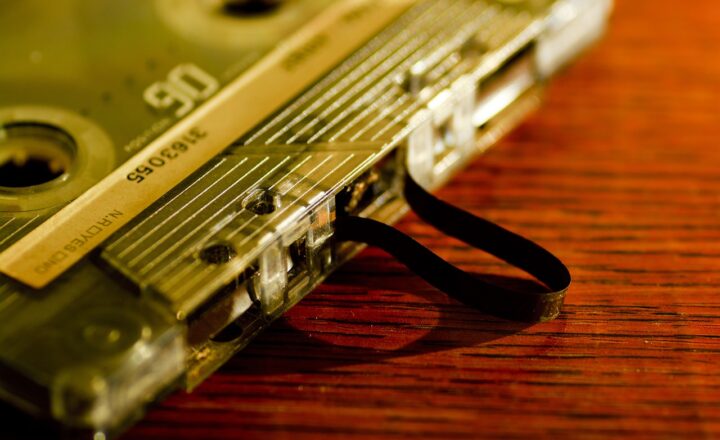
In recent years, the graphic design landscape has witnessed a remarkable revival of the past, touted as the Neo-Retro look. This resurgence blends nostalgia with modern aesthetics, creating an exciting fusion that both designers and audiences are drawn to. In this article, we will delve into the elements that characterize this trend, its cultural significance, the tools driving its popularity, and expert insights on its future in the graphic design industry.
1. Understanding the Neo-Retro Aesthetic
The Neo-Retro aesthetic is characterized by its use of vintage elements from the past, particularly from the 1970s to the 1990s. Designers draw inspiration from various aspects of that era, such as typography, color palettes, and illustration styles, and reinterpret them with modern twists. The result is a nostalgic yet fresh design language that evokes feelings of familiarity and warmth.
Key features of the Neo-Retro look include:
- Bold Typography: Designers often utilize distinctive and playful fonts reminiscent of retro advertisements and pop culture. Bold, sans-serif types combined with quirky script fonts create visual excitement and emphasize important messages.
- Vibrant Color Palettes: The use of bright, saturated colors that were popular in vintage designs brings energy to modern graphic pieces. Colors like pastel pinks, yellows, and blues paired with deep hues help convey a sense of nostalgia while remaining visually engaging.
- Geometric Shapes and Patterns: Incorporating geometric patterns and shapes creates a structured yet dynamic feel to designs. Retro motifs like circles, triangles, and waves are frequently seen combined with modern elements, creating an appealing contrast.
These elements are integral to the Neo-Retro movement, allowing designers to elicit strong emotional responses from their audiences.
2. The Cultural Significance of Neo-Retro Design
Nostalgia plays a significant role in the popularity of the Neo-Retro aesthetic. In a world where rapid technological advancements often create a sense of disconnection, many people find comfort in design that reflects simpler times. The past sparks memories and feelings of identity, enabling audiences to connect with brands and designs on a more personal level.
Additionally, the Neo-Retro look serves as a form of cultural critique. By remixing past designs, artists and designers comment on evolving trends, technology, and society. For instance, many Neo-Retro designs question consumerism and nostalgia by contrasting old styles with contemporary messages or brands.
3. Tools and Techniques Behind Neo-Retro Design
In the modern digital age, technological tools have made it easier for graphic designers to experiment with Neo-Retro designs. Programs like Adobe Illustrator and Procreate offer user-friendly interfaces, allowing designers to create intricate designs with ease. However, it’s not just the tools that help achieve this aesthetic; the techniques also play a crucial role.
Here are some techniques commonly employed in Neo-Retro design:
- Layering Textures: To capture the vintage feel, designers often overlay textures such as grain, noise, and halftone patterns in their designs, reminiscent of print production techniques from decades past.
- Analog Methods: Some designers embrace the imperfections of analog methods, employing techniques like screen printing or collage to create depth and authenticity in their work.
- Combination of Old and New: Using modern software tools, designers can merge traditional aesthetics with cutting-edge technology, crafting designs that maintain a retro vibe while leveraging contemporary design principles.
Through these tools and techniques, the Neo-Retro movement continues to thrive, attracting both designers and clients seeking to harness the power of nostalgia.
4. Case Studies: Successful Neo-Retro Designs
To illustrate the power of the Neo-Retro aesthetic, let’s take a look at a few notable examples in today’s design world:
- Branding Projects: Companies like Airbnb and Coca-Cola have successfully incorporated Neo-Retro elements into their branding, using bold color schemes and playful illustrations. The updated designs retain a sense of nostalgia while appealing to younger audiences who share an affinity for retro culture.
- Packaging Design: The craft beer industry frequently utilizes Neo-Retro design in their packaging, attracting customers with colorful illustrations and typography that evoke the spirit of the 70s and 80s. Brands like Lagunitas Brewing Company exemplify how retro packaging can narrate brand stories and foster customer loyalty.
- Digital Products and Apps: User interface (UI) design for apps and websites has also taken inspiration from the Neo-Retro aesthetic. Companies like Slack and Discord have adopted bright colors, rounded icons, and playful typography, blending retro vibes with functionality to create engaging user experiences.
These case studies highlight how the Neo-Retro look successfully connects brands with audiences while tapping into the collective nostalgia of the past.
5. The Future of Neo-Retro in Graphic Design
As trends continue to evolve, the Neo-Retro look seems to have established a lasting presence within graphic design. The merging of nostalgia with modernity provides endless creative possibilities. Future developments in design technology will further enhance designers’ ability to explore this aesthetic and push its boundaries.
With the rise of virtual reality (VR) and augmented reality (AR), it’s plausible to envision the Neo-Retro look being adapted for immersive experiences. Imagine interacting with user interfaces that draw upon nostalgic designs while enhancing user engagement through AR technology. The integration of AI in design tools may also allow for innovative remixing of retro styles, driving even more creativity within the Neo-Retro space.
In conclusion, as the Neo-Retro aesthetic continues to capture the imagination of designers and audiences alike, its ability to evoke feelings of nostalgia while delivering modern messages presents a unique approach to graphic design. The future will likely see this trend evolve and intertwine with other design movements, pushing creative boundaries while maintaining its charm and nostalgia.
Remember to always embrace the power of nostalgia in your design projects, as the Neo-Retro look is bound to remain a favorite trend for years to come.







